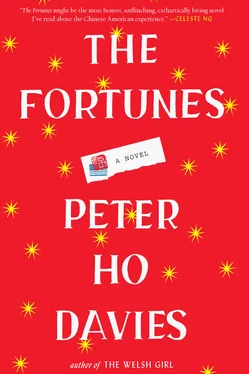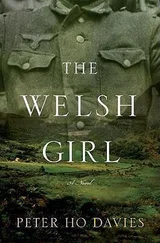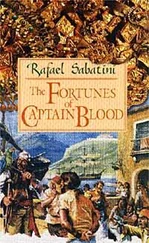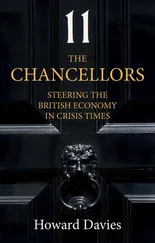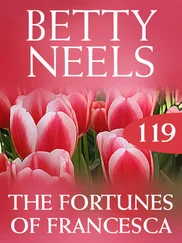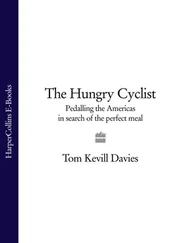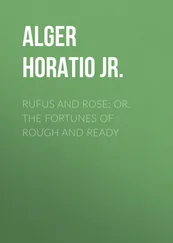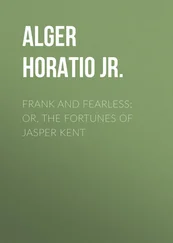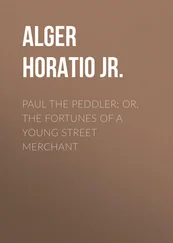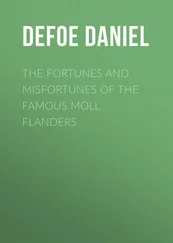The “Wong haircut” became all the rage. English girls tinted their faces with ocher to get the “Wong complexion.” Embroidered “coolie coats” were the height of that season’s fashion, though she herself sported the finest French designs.
She burned incense in her hotel rooms before interviews. “To ward off bad press,” she joked.
In Germany and France and England she was still Chinese, of course, but also glamorously American. When the English reviewers complained about her Yankee squeak in a play, she laughed in delight (though she noted they offered no criticism of her costar Olivier’s “Chinese” accent) but made sure to take elocution lessons from a Cambridge tutor. I should play Eliza Doolittle, she wrote in her diary.
She filmed her first talkie in three languages, German, French, and English, reshooting each scene thrice over, each in a different language.
When she returned to the States, reporters marveled at her classy accent. London was divine, practically a second home, though the weather was perfectly beastly. She described it, self-deprecatingly, as her two hundred guineas’ worth of English, but it was worth every penny just for the dumbfounded looks she got, a Chinese with a British accent. One interviewer noted she preferred English tea to Chinese now, and went so far as to say she no longer looked quite Oriental. Her voice also ensured she had a career in talking pictures, unlike Constance Talmadge, Blanche Sweet, Mae Murray, Douglas Fairbanks, and Mary Pickford (who compared adding sound to movies to “putting lipstick on the Venus de Milo”).
She herself had viewed the Venus de Milo in the Louvre with Josephine Baker, the “Bronze Venus.” Baker hailed the statue, Sister!
She was twenty-five and had begun to lie about her age (in part to defuse questions about her unmarried state). If challenged, she put the discrepancy down to the Chinese way of counting age. A baby was considered one at birth, and years added not on birthdays but at the start of the lunar new year, so that a Chinese could be two years younger by Western reckoning.
NEWSREEL
Her cameraman films her coming down the gangway in her mink. When he emerges from behind the lens to wind the camera, she sees he’s in his thirties, handsome. Hat pushed back, neat pencil mustache, dark double-breasted suit. Good linen, she thinks approvingly. He cranks the key in his strong fingers, swiftly and emphatically. His name, he tells her, is also Wong. The most common surname in China, he adds as if in apology. He has to lean close — she’s wearing a hat with a tiger motif, specially designed for her in London — and shout over the cheers of the crowd, the answering blasts of the ship’s whistle. He smells richly of hair oil.
She gives him her hand. “Mr. Wong.”
“Hai-sheng,” he says, “but you can call me Newsreel. They all do. Newsreel Wong.” He explains how his bureau chief had called his hotel once but hadn’t remembered — or known how to pronounce — his name. After that it stuck. He’s thinking of having it changed legally.
A stage name for a cameraman, she thinks. Whatever next?
“What does that make me?” she drolls. “Hollywood Wong? Film Star Wong?”
But he is already filming again, the camera between them, covering his face.
“Well, all right,” she tells him airily. “Newsreel it is!”
At least it’s better than what the grips call her friend the cameraman James Wong Howe — Phil Ming (though wisely never to his face, mindful of Jimmie’s early career as a bantamweight fighter). And, she prefers “Newsreel” to plain old “Mr. Wong.” Too much room for confusion there. Already, in her very first interview — a few enterprising reporters had come out to the ship by launch the night before to make their deadline — she’s been asked about her love life. She only shrugged, parried (“I’m married to my art”), but the story that greets her on landing says she’s accompanied on her trip by her beloved husband, Arthur.
When asked about her single status, she liked to deadpan, “‘A flower need not love, but only be loved,’” a line from Daughter of the Dragon.
NATIVE
She speaks Cantonese — with an American accent, her father has always said — but no Mandarin or Shanghainese. Now she requires an interpreter to tell her hosts how delighted she is to visit her homeland. It’s just as well the newsreel is silent, she thinks, the announcer’s voice-over to be added later. Besides, didn’t she do some of her best work in silent pictures?
Newsreel films her at Yu Gardens framed by a moon gate. He films her on the Nanking Road, shopping and turning heads. In the Sincere Department Store she is delighted to learn that the onomatopoeic Chinese word for the pneumatic tube system is pung. He films her on the Bund pointing out junks, rubbing the paw of the bronze lion outside the Hong Kong and Shanghai Bank for luck. There are more cars than she expected — though she must try a rickshaw — more telephones, more streetlights. Overhead the telegraph lines make a net against the sky.
“I’d pictured rubble, ruins. We’d heard Shanghai was bombed.”
Newsreel nods. “In ’32. But not the foreign concessions. The Japanese wouldn’t dare.”
A pair of trams cross in front of her, parting like curtains. She marvels blithely at the modernity. “Why, it reminds me of Berlin. I was expecting old Cathay! But it looks nothing like Grauman’s Theatre.”
Mostly, though, there are more Chinese than she ever imagined — compradors in tang jackets, black-and-white amahs, monks in their yellow robes — crowding everywhere, more than she’s ever seen. And this she keeps to herself: secretly she feels like an extra again, is glad of her chic Western wardrobe, Chanel suits, for helping her stand out.
The Mayfair Mannequin Academy of New York named her “the World’s Best-Dressed Woman” in 1934. Not bad for a laundryman’s daughter, she wrote to her father at the time, but he didn’t reply.
She finds herself waiting for Newsreel to say “Action!” Pausing at the edge of the frame, her weight tipped forward, but catching herself. They laugh when she explains it to him. Yet she still wants him to tell her what to do. “Was that good?” she asks after a take, and he says, “Sure.” She feels naked without stage makeup, lighting. She asks to redo a moment when she bumps into someone. “If you like.” She repeats a particular gesture, a little turn of the wrist as if she’s presenting the scene around her, practicing between takes and then repeating it to make sure he captures it, until he looks up and over the camera and asks, “What are you doing?”
Newsreel’s Eyemo camera runs for twenty seconds, fully wound, and she begins pacing her movements to his rhythms. From the taxi to the hotel lobby, twenty seconds. Greeting a fan, twenty seconds. Admiring a bolt of silk, twenty seconds. And then it’s time to change the reel.
She feels as if he’s winding her up like a tin toy.
Finally she leans on a rail overlooking the river, waiting for him, and when he raises up, she lifts her own Leica to take a picture of him.
“You look like a tourist,” he tells her, and she frowns. On the Whangpoo the sails of junks unfurl like fans, raised as if in modesty to hide them from gaze.
She outfits herself with a new wardrobe. She sheds her Western dresses and suits for sleek qipao. The milky-eyed tailor who measures her wraps a knotted string around her bust and waist and hips. She used to work as a seamstress at her father’s laundry when she was a child, she says, and he nods when someone translates. Afterward she shows off her new gowns for the camera, accessorizes with a jade cigarette holder. “Going native,” she tells Newsreel. He touches a finger to the knot of his bow tie as if it were a button.
Читать дальше
